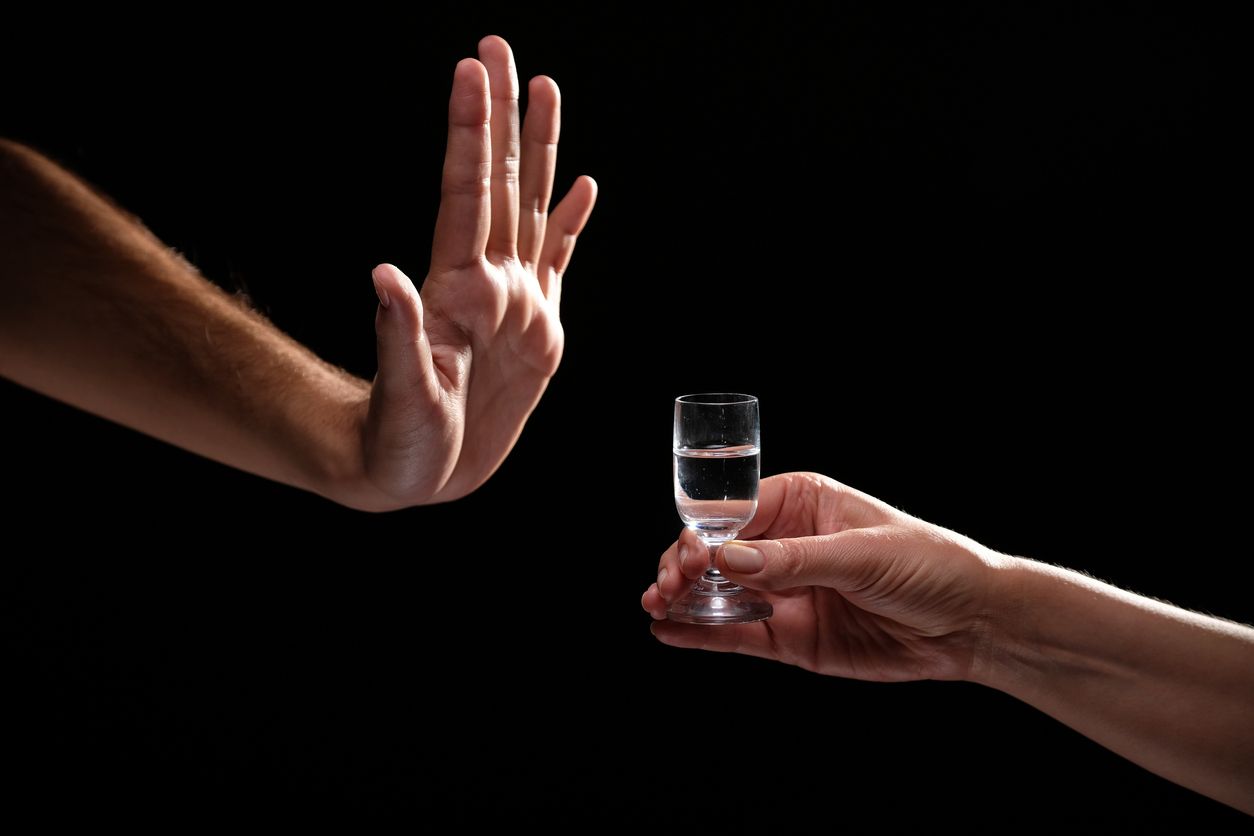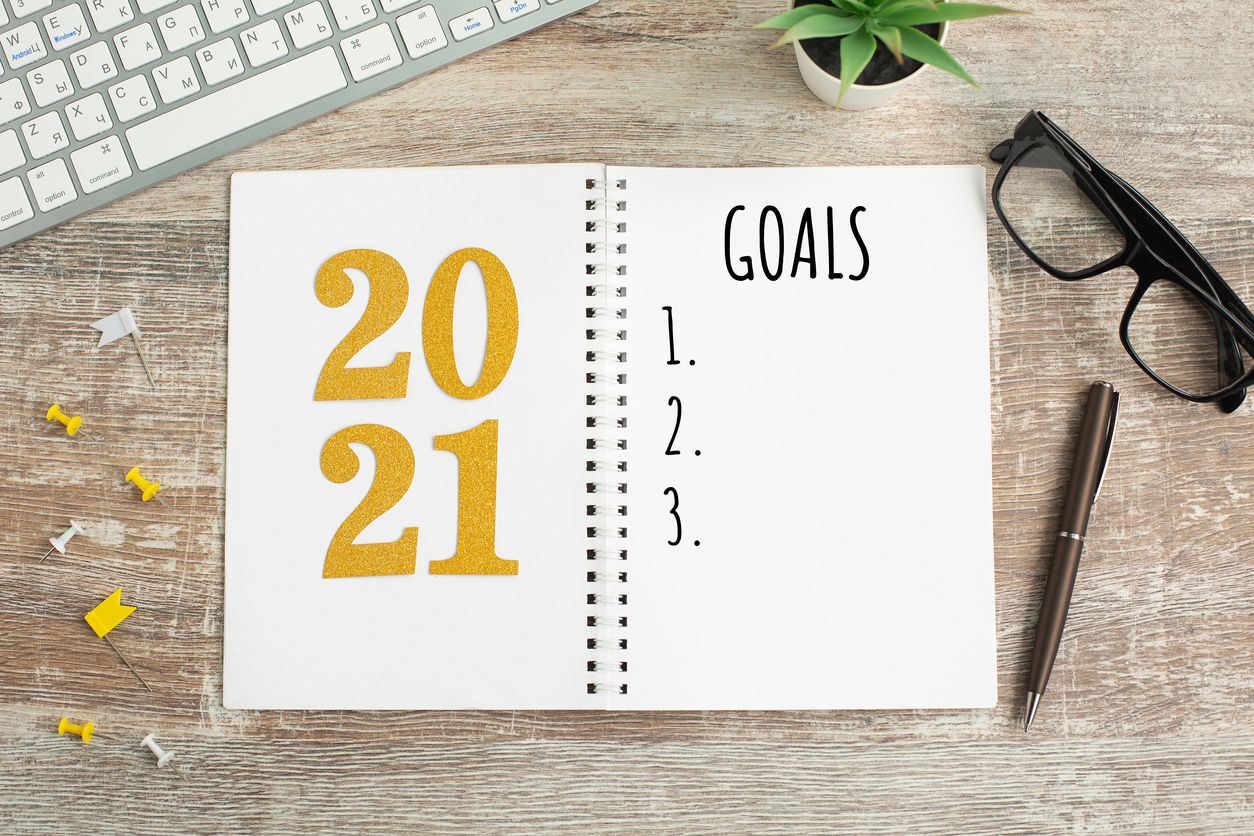Does "Dry January" have an impact on cannabis use?

We ring in the start of every year with massive celebrations as it’s a time of year that just feels different, mainly because we interpret it as a kind of fresh start. A clean slate that we can trace and mould into any canvas we so choose, regardless of how we’ve spent the last year, and that just feels good. This sense of renewal is inspiring, which often leads to the setting of goals, as it triggers the motivation to at least try to do better, and that led to the rise of self-improvement New Year trends, like Dry January.
What is Dry January?
Dry January runs the entire month through, and during that time, those who commit to the cause will stop drinking alcohol entirely. Though some who are less serious about the idea will slip up here and there with a glass of wine or a beer, the vast majority spend all of Dry January without any of the inhibiting effects of alcohol. Some will even take this time to do a full-body cleanse by drinking plenty of water and switching to a healthier diet, but as long as you stop drinking alcohol, you’re considered to be partaking.
Why is this month in particular so dry?
January is the first month of the year, and this is when most people hope to start out on a journey towards achieving their goals. Since alcohol is a recreational luxury that comes with many drawbacks for your health, including far too many calories, some feel that it’s most productive to start the year out completely sober. A whole year of dedication is a lot, but this month alone is relatively manageable for anyone who doesn’t have an addiction to liquid courage.
Do the effects last beyond January?
Like most diets, our fire to keep them going tends to run out, long before 30 days. Making it an entire month without your drug of choice, especially if it’s the only thing that you use to unwind, is a pretty major feat. So, while some folks are able to stop drinking for more than 30 days, the trend does tend to die with the closing of the month, which is clearly shown by the annual February jump in alcohol sales. By the end of February, average alcohol sales return to a normal stable level, where they remain until the early summer months.
Does it have an impact on cannabis use?
Dry January has long been a trend because the substance has held a legal status for decades, so it has pretty much always been socially acceptable to openly talk about drinking, but if this is a health-focused trend, it only makes sense to assume that it would translate to other habits that might be viewed as unnecessary, like smoking weed. According to researchers at the Grossman School of Medicine at New York University, the difference isn’t quite so big, but the goals for better health in the new year hold true, even among cannabis consumers.
The study that seems to prove this, which was published in the Journal of Drug and Alcohol Dependence, revealed that consumers use approximately 13% more cannabis at the end of the year than they do at the very beginning, with small incremental spikes each following month, indicating that Dry January is a real phenomenon for cannabis consumers too.

